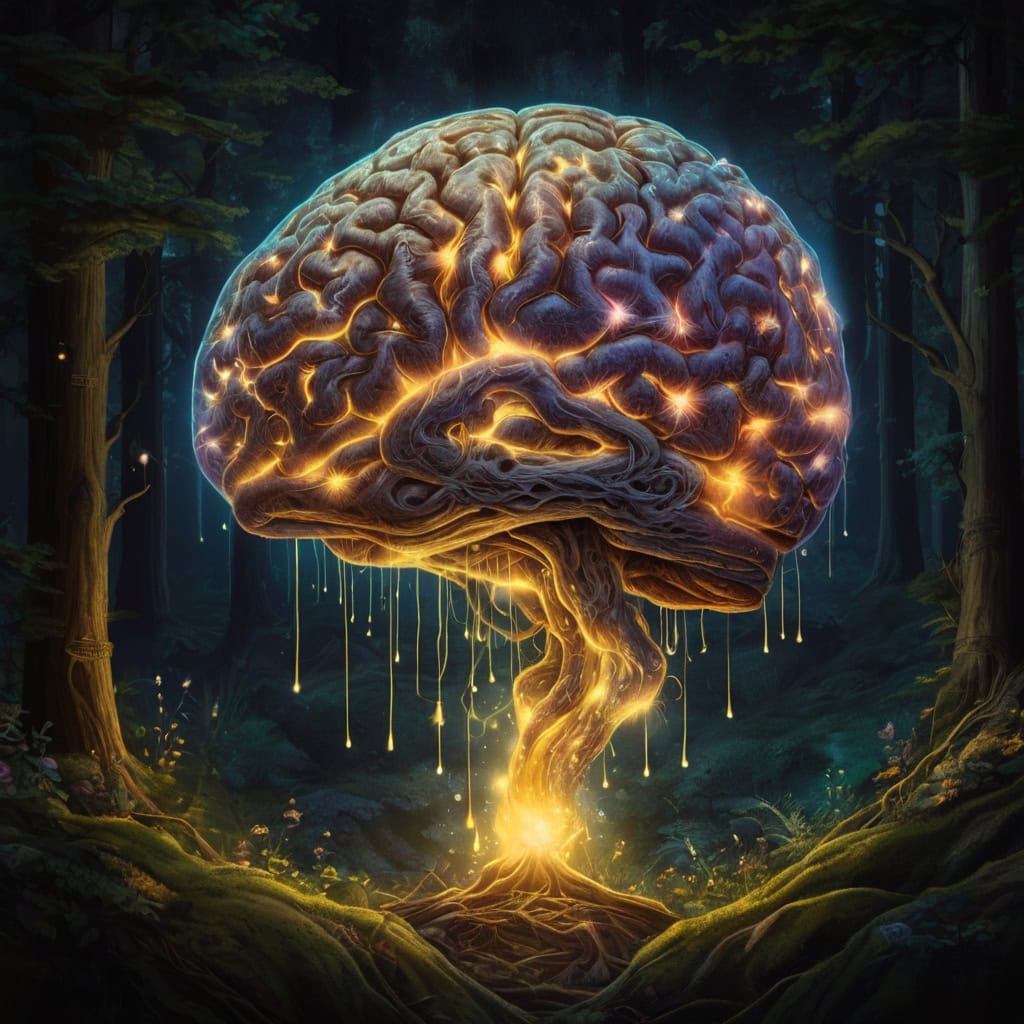Does cannabis unlock creativity in the ways most of us believe it does, or is there something else going on? A debate for science and history, let’s see if it’s all Alice in Wonderland or smoke and mirrors. Discover the hidden truth behind it, and why it actually makes sense.
The Legends
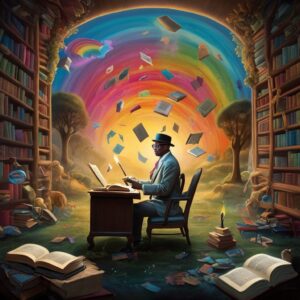
Here are the cultural beliefs behind why cannabis is known to some people as an artistic enabler:
Great Writer
Hunter S. Thompson (Journalist/Author): Known for his Gonzo journalism style, which blurred the line between reporting and storytelling. Cannabis was part of his famously chaotic writing routine, alongside other substances. He claimed it broke down barriers of conventional thought, letting him capture raw, unfiltered experiences.
Amazing Musician
Louis Armstrong (Jazz Musician): One of the earliest public figures to openly praise cannabis (he called it “the gage”). He used it throughout his career, claiming it calmed him and let his creativity flow. His improvisational genius helped shape modern jazz, often in cannabis-friendly jam sessions.
Visual Artist
Salvador Dalí (Surrealist Painter): While more famously tied to surrealist dream states, he experimented with cannabis and hashish to explore altered perception. He claimed it helped him detach from logic and see the subconscious more vividly. His bizarre, dreamlike paintings (melting clocks, distorted figures) reflect the kind of altered thinking cannabis is often mythologized to enhance.
The Idea: Cannabis inspires artistic thinking. While this might hold some truth, what’s really happening is a chemical shift in the brain. Ideas can feel more vivid and profound, yet there’s always the chance you might have had the same thought without being inebriated. So how do we separate myth from reality?
The Science
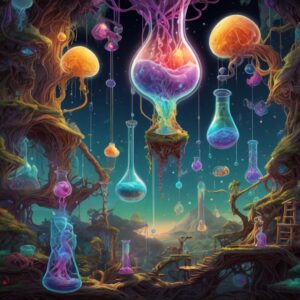
Here’s what really happens when cannabis is consumed:
Cannabis creates dopamine spikes, alters perception of time, and lowers inhibitions. In the prefrontal cortex, the area linked to divergent thinking, this can briefly boost creative idea generation. But research is mixed: some studies show a temporary rise in divergent thinking, while others reveal impairments in focus and sustained execution (convergent thinking).
So, all claims should be taken with a grain of salt. This is a subject that has only been studied enough to scratch the surface and remains wide open to “bro science” (perspective-driven interpretations you can bend to your own beliefs).
Dopamine
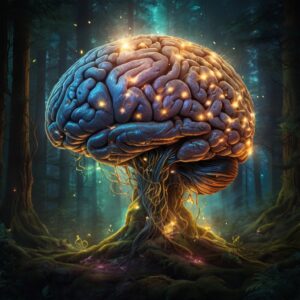
Low dopamine increases (spikes) can fuel creativity by boosting divergent thinking (generating ideas) and convergent thinking (refining them). This balance is a powerful mix and can be incredibly potent. But too high a spike tips into dysfunction, confusion, anxiety, and overwhelm that steal away crucial focus.
Altered Perception of Time
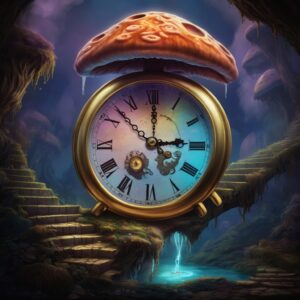
Dopamine release dilutes the brain’s normal filters of perception. Since time is a type of perception, it can feel elongated or shortened depending on focus and context. This is why cannabis sometimes makes hours feel like minutes, or minutes feel like forever.
Lowering Inhibitions
Cannabis stimulates dopamine release, which lowers inhibitions by quieting the brain’s inner critic. This allows unusual associations and bold ideas to surface without fear of being “too strange.” The result is a surge in divergent thinking (fresh ideas) paired with a short-term boost in convergent thinking (shaping them), creating the sense of fluid creativity. At low to moderate levels, this mix can be incredibly impactful.
Where Myth Meets Reality
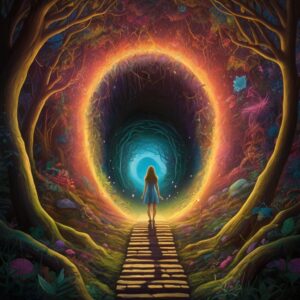
Now that we’ve looked at both science and cultural beliefs, here’s where the two intersect:
Cannabis lowers inhibitions, meaning less self-criticism and more forward, unfiltered thinking — which feels like a creative mindset.
Dopamine increases boost how good you feel about your ideas, making them stand out more in your own head.
Put together, cannabis may make you feel more creative, but the actual output of those thoughts and actions is subjective (based on opinion, not measurable fact).
What Cannabis Can — and Can’t — Do
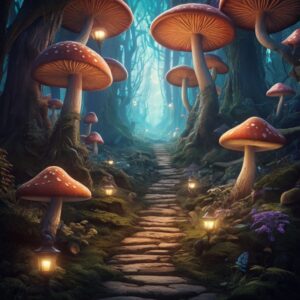
Cannabis does not create talent from nothing.
Overuse can dull motivation.
Overuse can also impair memory.
Best used as a tool to assist creativity, not as a crutch to rely on.
Conclusion
Cannabis has long been linked to artistic expression, from jazz to surrealism to experimental writing. Science shows that while cannabis can spark moments of divergent thinking and lower the barriers of self-criticism, the effect is fleeting, and often more about perception than actual creative output. Used in moderation, it may help some tap into a freer mindset. Although true creativity still comes from discipline, practice, and refinement, with or without the smoke.

